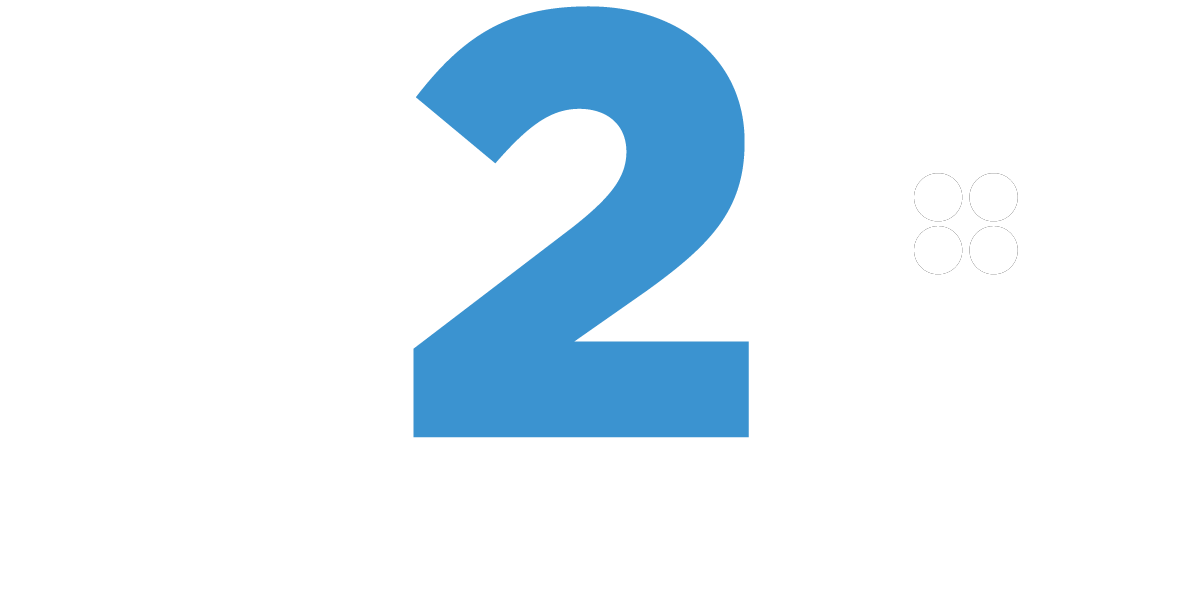 There’s evidence that shoppers are still buying, despite the lowest High Street sales for years. While retail sales dropped almost everywhere, owing to riots and the general effect of the recession, some shops managed to beat the trend: Debenhams and JD Sports have both managed to increase sales over the summer months.
There’s evidence that shoppers are still buying, despite the lowest High Street sales for years. While retail sales dropped almost everywhere, owing to riots and the general effect of the recession, some shops managed to beat the trend: Debenhams and JD Sports have both managed to increase sales over the summer months.
Aggressive marketing and clear communication have been the keys to the success for both retailers. Newspaper and TV advertising, local radio spots, big bold posters in stores and staff wearing promotional clothing advertising a sale have all kept the bargain-hunting British focused on spending what money they have with these retailers rather than others.
Small and independent retailers have reported similar successes, bucking the trend by giving the public exciting information without sounding desperate. How do they do it?
While ‘red ticket’ items definitely have meaning for buyers, when there’s a recession it may be better to choose a more comforting colour: red implies danger and suggests the store may be about to go out of business. Instead choose purple or green posters and put staff in screen-printed T-shirts in similar rich and calming shades. White is still the best colour for words printed on a dark T-shirt, but yellow – often seen as the attention-getting shade – can backfire in times of economic recession as it has connotations of cheapness that can make the consumer feel they are about to be sold something sub-standard as they associate red and yellow with ‘dodgy dealers’. While red and yellow work in a boom, they can be counterproductive in difficult times.
Wording matters too – ensuring that staff carry the message can be a simple as printing T-shirts that bear the words ‘Sales mania assistant’ or ‘Ticket items 10% off on production of a smile!’ can generate a feel-good factor about buying in a sale that encourages shoppers to spend a little more.

